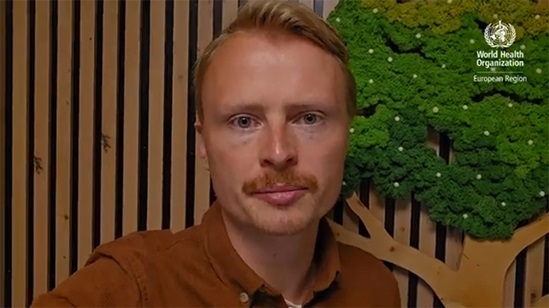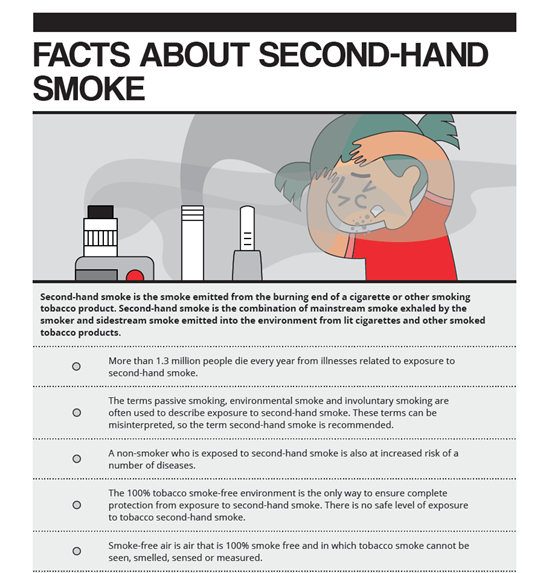Tobacco kills nearly six million of its users each year. This means that, in order to maintain or increase sales and profits, the tobacco industry must attract new customers to replace those who die or manage to quit. To achieve this goal, tobacco
companies spend tens of billions of US dollars each year on advertising, promotion and sponsorship to sell their products. In particular, the industry targets young people, and worldwide 78% of students aged 13 to 15 years report being exposed
regularly to some form of tobacco advertising, promotion or sponsorship (TAPS). Tobacco companies also heavily target women and girls through TAPS.
Studies show that both direct (advertising) and indirect (promotion and sponsorship) approaches increase the likelihood of people beginning or continuing tobacco use. Such approaches also mislead the public by depicting tobacco as no different from
any other legal consumer product, thereby increasing its social acceptability. Moreover, the massive expenditure by the tobacco industry strengthens its influence over the media and sporting and entertainment businesses.
Comprehensive bans required under WHO FCTC
Under the WHO Framework Convention for Tobacco Control (WHO FCTC), all Parties to the treaty must institute a comprehensive ban on tobacco advertising, promotion and sponsorship within five years of the Convention's entry into force for that country.
Article 13 of the WHO FCTC outlines this obligation, and guidelines have been created to assist countries with implementation.
Evidence shows that comprehensive advertising bans lead to reductions in the numbers of people that start and continue to smoke. Statistics also illustrate that banning tobacco advertising and sponsorship is one of the most cost-effective ways to
reduce tobacco demand and can be considered a tobacco control "best buy".
Despite effectiveness, most countries lack full bans
By the end of 2014, only 29 countries with 832 million people (12% of the world's population) had passed a comprehensive ban. While this represents an increase from 9% of the world's people covered by TAPS bans in 2012, it is still a relatively low
figure, particularly considering the proven effectiveness of TAPS bans.
The WHO European Region, out of all WHO regions of the world, has the largest percentage of countries (77%) with a ban on national TV, radio and print media, as well as on some but not all other forms of direct and/or indirect advertising. However,
the European Region lags behind most other WHO regions in terms of bans for point of sale and international media advertising, and very few countries have banned the majority of all forms of direct and indirect advertising. To date, only 13 countries
in the Region (representing about 15% of the WHO European countries) have implemented a ban on all national forms of direct tobacco advertising and promotion. Only three WHO European countries have banned all forms of indirect advertising. None
of the WHO European countries has banned all international forms of tobacco advertising promotion and sponsorship.
To be effective, bans must completely cover all types of TAPS activities, both direct advertising in all types of media and indirect advertising. But as more and more countries move to fully meet their obligations under the WHO FCTC, the tobacco industry
has become ever more aggressive in its efforts to defeat bans on TAPS. To circumvent bans, tobacco companies often rely on below-the-line promotion of tobacco, particularly with respect to advertising through point of sale, brand stretching, brand
sharing, product placement on television and in films, and the advertising of corporate social responsibility (CSR) programmes. The tobacco industry has also repeatedly challenged bans in court, through usually without success.












